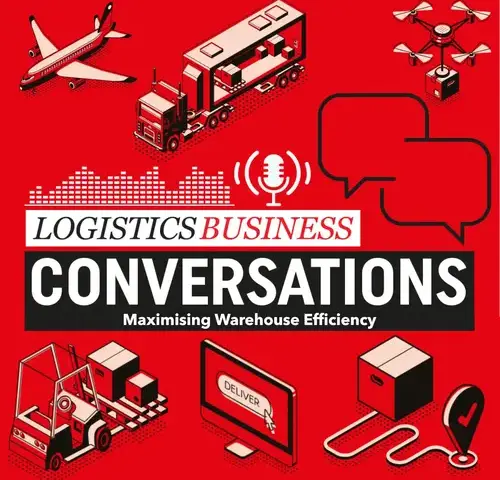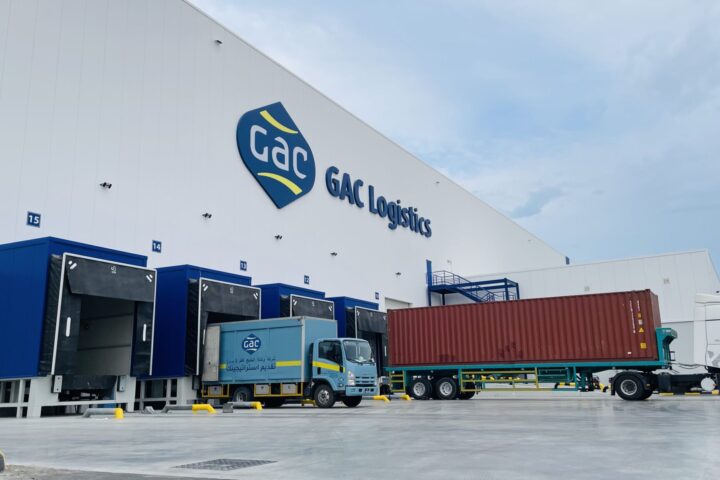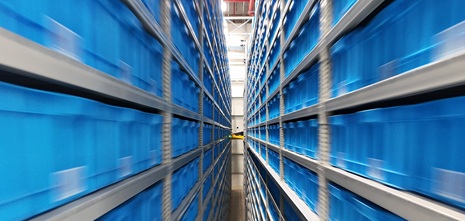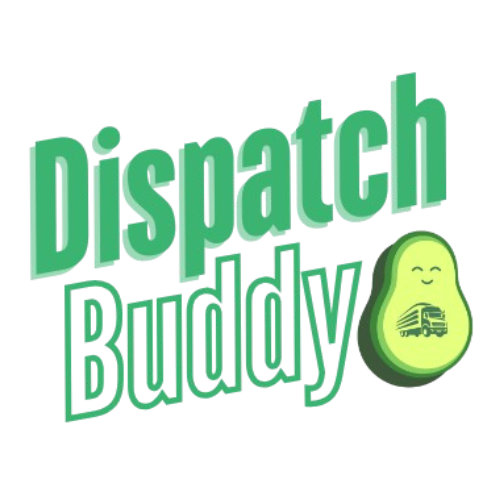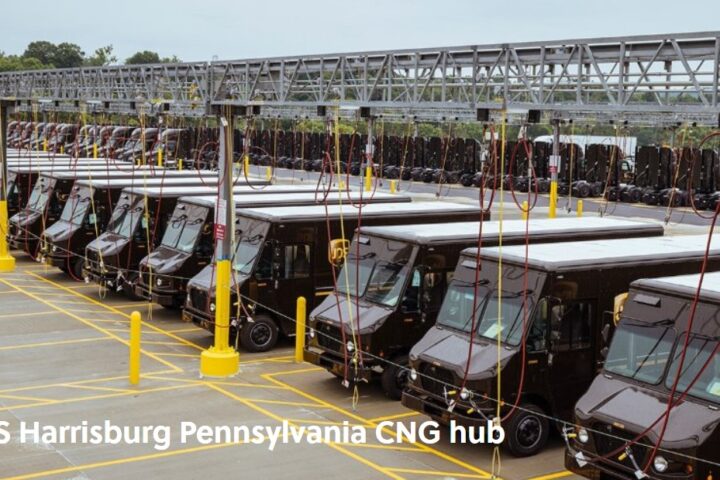 In most industries, supply chains have become increasingly complex. Businesses are now managing goods and information across multiple locations, time zones, and partner networks. This complexity has introduced gaps in visibility and responsiveness that traditional systems weren’t designed to handle. As a result, many organizations are moving toward supply chain orchestration as a structured method for improving coordination.
In most industries, supply chains have become increasingly complex. Businesses are now managing goods and information across multiple locations, time zones, and partner networks. This complexity has introduced gaps in visibility and responsiveness that traditional systems weren’t designed to handle. As a result, many organizations are moving toward supply chain orchestration as a structured method for improving coordination.
Supply chain orchestration is about managing the movement of goods, data, and decisions across the entire supply network—starting with suppliers and continuing through to the customer. It is not a technology on its own, but rather a process that combines planning, execution, and monitoring through integrated tools and workflows.
Why Orchestration Matters
The more connected a supply chain becomes, the more it depends on timely, accurate data and consistent communication across teams. Delays, excess inventory, missed handoffs, and reactive decision-making are all signs of a supply chain that lacks coordination.
Orchestration helps address this by:
- Making data from multiple systems accessible in one place
- Allowing for early detection of issues
- Supporting faster, more informed decision-making
- Improving alignment between internal operations and external partners
Key Capabilities
1. System Integration and Data Visibility
Orchestration requires connecting warehouse systems, transportation platforms, and ERP data so that status updates, inventory levels, and shipping exceptions are visible without needing to log in to separate systems. This doesn’t eliminate those systems, it organizes the data they produce.
2. Automation of Routine Tasks
When delays, shortages, or demand spikes occur, orchestration platforms can automatically adjust schedules, prioritize orders, or trigger replenishment requests. This reduces reliance on manual tracking or last-minute phone calls.
3. Collaborative Workflows
Supply chains involve many teams and companies working toward the same outcome. Orchestration tools help keep everyone working from the same information, reducing the chance of miscommunication between departments or suppliers.
4. Scenario Planning
Many orchestration platforms include tools that simulate disruptions—such as a port closure or raw material shortage. These models allow planners to test different responses in advance and choose the most practical option if a disruption occurs.
Use Cases
Unilever – Digital Twin Integration at the Sonepat Factory
Unilever’s Sonepat factory in India uses digital twin technology to monitor and simulate its production processes. These models provide teams with visibility into how changes in demand or equipment availability might affect production. The factory uses this information to make scheduling and inventory decisions more efficiently. This reduces delays and improves coordination between operations and planning teams. The system also contributes to better forecasting accuracy.
Dell – Factory Optimization Using Edge Computing
Dell’s factories use edge computing to process production data locally, without relying on a central cloud platform. This makes it possible to adjust schedules and workflows directly on the shop floor. When demand changes or supply conditions shift, the system can respond quickly without waiting for batch updates. Dell reports reduced cycle times and improved productivity as a result. This approach supports both centralized planning and decentralized execution.
Flex – AI to Support Manufacturing Flow
Flex uses artificial intelligence to improve production quality and efficiency in electronics manufacturing. By analyzing process data, the system can adjust test sequences and predict where quality issues might arise. Maintenance is also scheduled based on predictive data, helping to prevent equipment failures. These tools are embedded into operations, making the information available to line operators and engineers in real time. The result is fewer bottlenecks and more predictable output.
Benefits of Orchestration
| Area | Benefit |
|---|---|
| Visibility | Faster recognition of disruptions or constraints |
| Planning Flexibility | Better alignment between demand, supply, and capacity |
| Decision Support | Improved ability to act on real-time information |
| Collaboration | Fewer delays caused by siloed systems or teams |
| Inventory Management | More consistent replenishment and fewer stockouts |
Common Barriers
- Data inconsistencies between systems
- Low system maturity among suppliers or partners
- Budget or IT resource limitations
- Lack of clear ownership for cross-functional coordination
- Difficulty measuring return on investment in the short term
Trends and Developments
1. More Modular Platforms
Organizations are moving away from one-size-fits-all ERP systems and adopting orchestration tools that can connect with a range of vendors, devices, and formats.
2. Built-In Sustainability Reporting
Some orchestration tools are adding carbon tracking or energy use metrics alongside cost and delivery performance data.
3. AI-Augmented Recommendations
Instead of simply flagging issues, platforms are beginning to suggest options based on past performance or network conditions.
4. Closer Integration with Automation
Warehouse robots, smart vehicles, and automated sortation systems are being connected to orchestration layers, allowing for better planning and response.
Supply chain orchestration is not about replacing existing systems, it’s about making them work together more effectively. As supply chains grow in complexity, coordination becomes more difficult to manage informally or through standalone systems.
A well-orchestrated supply chain supports better visibility, clearer communication, and more consistent performance. Organizations that approach orchestration as a continuous process are better equipped to manage variability, reduce inefficiencies, and meet service commitments reliably.


